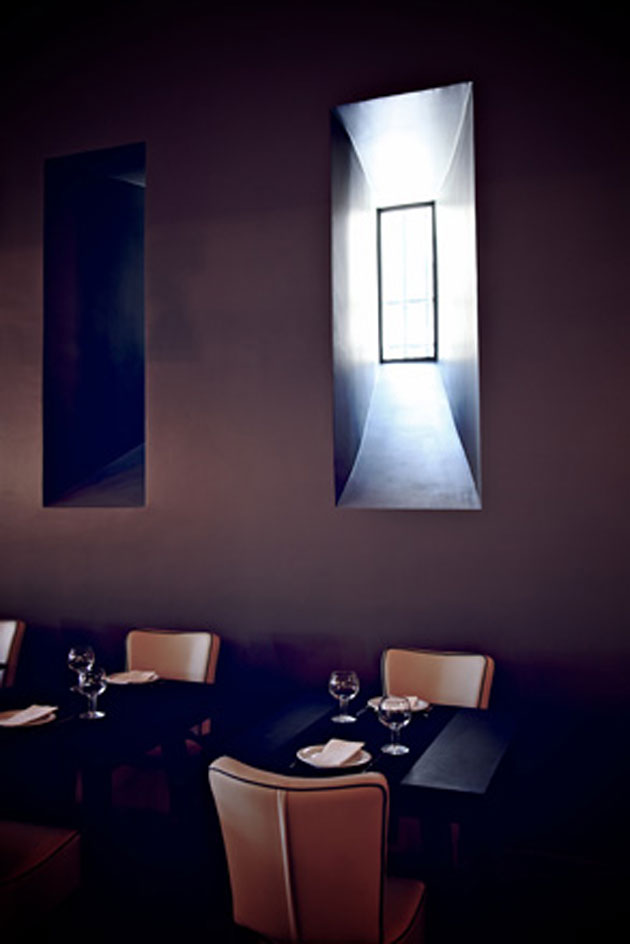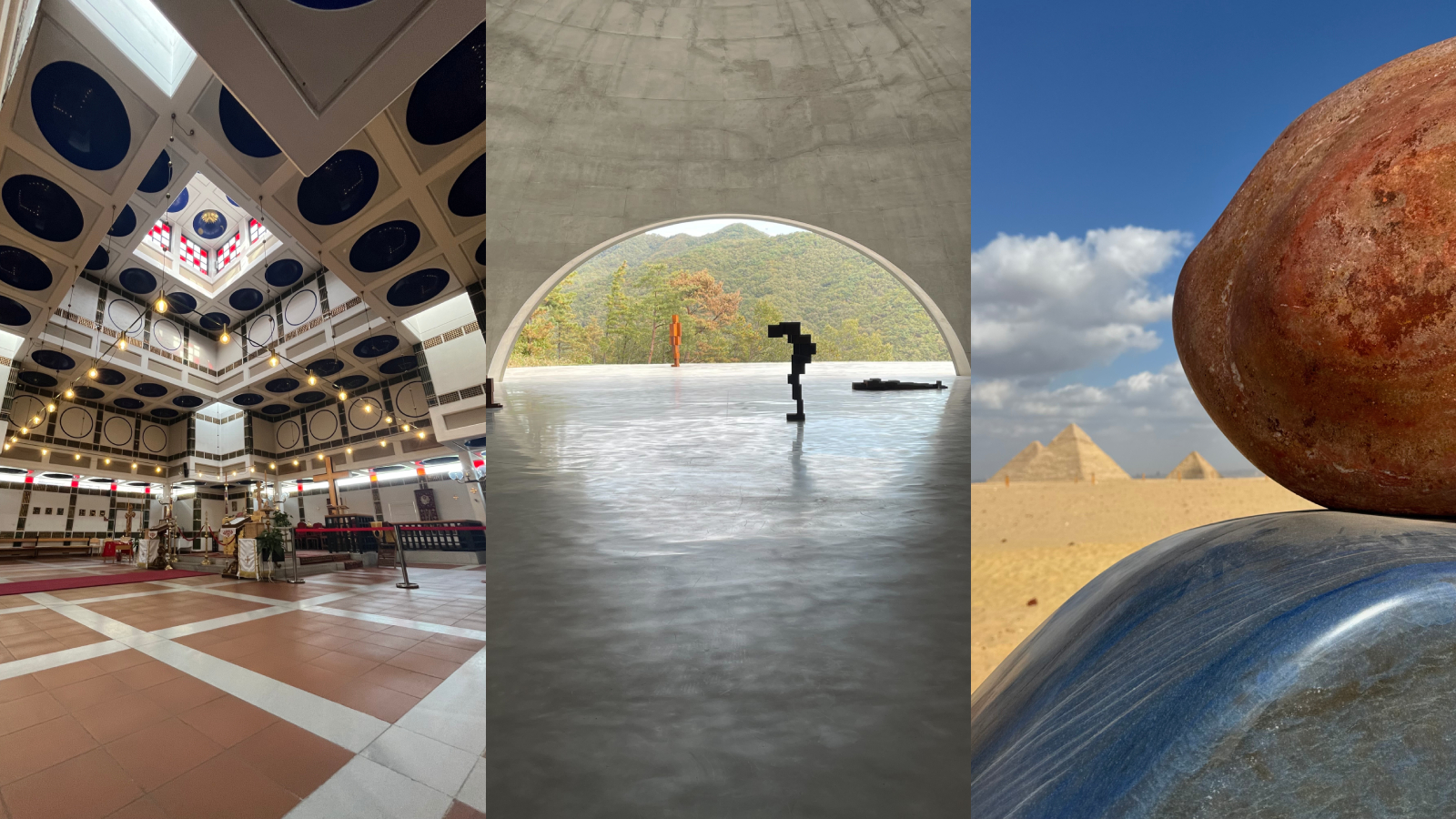Museu da Cerveja — Lisbon, Portugal

Known for its superb wine-making, Portugal also has a rich history of beer-brewing, now celebrated at Museu da Cerveja: a cavernous beer hall housed inside a listed building once occupied by the Ministry of Finance. The edifice, set under the Pombaline arches of Lisbon’s central Terreiro do Paço square, is part of a wider urban regeneration project that is slowly gentrifying Lisbon’s waterfront Baixa district. Restored by local architect Tiago Silva Dias, Museu da Cerveja combines history with modernity, with the entrance still being marked by a sign that reads ’Ministerio das Finanças’. A Beer Museum on the first floor tells the story of beer-making in Portugal and former colonies Angola, Brazil, Mozambique and Cape Verde, exhibiting ancient copper brewing paraphernalia. The ground floor is home to a shellfish bar and a restaurant offering patrons fresh shrimp, crab and codfish cakes, washed down with cool beer piped straight from the brewery vats. Diners can choose to sit inside on banquettes cocooned by egg-shaped wooden frames, at large dining tables or outside in the square, where a cool breeze comes courtesy of umbrellas equipped with electric fans.


ADDRESS
Terreiro do Paço
Ala Nascente 62
1100-148 Lisbon
Portugal
Receive our daily digest of inspiration, escapism and design stories from around the world direct to your inbox.
Rupert Eden has worked for Wallpaper* magazine since 2010 covering everything Iberian from architecture and design to wellness and travel. He is happiest championing sustainable projects featuring up-and-coming artisans or chefs.
-
 A compact Scottish home is a 'sunny place,' nestled into its thriving orchard setting
A compact Scottish home is a 'sunny place,' nestled into its thriving orchard settingGrianan (Gaelic for 'sunny place') is a single-storey Scottish home by Cameron Webster Architects set in rural Stirlingshire
-
 7 colours that will define 2026, from rich gold to glacier blue
7 colours that will define 2026, from rich gold to glacier blueThese moody hues, versatile neutrals and vivid shades will shape the new year, according to trend forecasters
-
 In Norway, discover 1000 years of Queer expression in Islamic Art
In Norway, discover 1000 years of Queer expression in Islamic Art'Deviant Ornaments' at the National Museum of Norway examines the far-reaching history of Queer art
-
 Form... and flavour? The best design-led restaurant debuts of 2025
Form... and flavour? The best design-led restaurant debuts of 2025A Wallpaper* edit of the restaurant interiors that shaped how we ate, gathered and lingered this year
-
 The Wallpaper* team’s travel highlights of the year
The Wallpaper* team’s travel highlights of the yearA year of travel distilled. Discover the destinations that inspired our editors on and off assignment
-
 Retreat to an earthy resort in a sylvan slice of the Algarve
Retreat to an earthy resort in a sylvan slice of the AlgarveThe beautifully wild Portuguese landscape envelops the Vale Palheiro Earth Resort, offering visitors a chance to immerse themselves in rural authenticity
-
 Vincent Van Duysen reimagines Lisbon dining at Jncquoi Fish
Vincent Van Duysen reimagines Lisbon dining at Jncquoi FishA minimalist yet richly textural world sets the tone at a buzzy new Lisbon restaurant, where Portuguese craft, Atlantic produce and fine-tuned gastronomy meet
-
 This Portuguese winery looks like it grew from the landscape itself
This Portuguese winery looks like it grew from the landscape itselfArchitect Sérgio Rebelo distils the essence of Portugal’s Douro Valley into a new timber-framed winery for Quinta de Adorigo
-
 The Viceroy Hotel Group wants you to get on your bike
The Viceroy Hotel Group wants you to get on your bikeAcross properties in Santa Monica, Chicago, Washington DC and the Algarve, Viceroy guests can experience curated cycling routes and community events
-
 Two new villas extend Christian Louboutin’s exuberant Portuguese hotel
Two new villas extend Christian Louboutin’s exuberant Portuguese hotelA pink, kasbah-inspired residence and a whitewashed boathouse join the French shoe designer’s Vermelho Hotel in Melides, Alentejo
-
 Do luxury hotels need a farmer-in-residence?
Do luxury hotels need a farmer-in-residence?From Ibiza to Indonesia, hospitality brands are cultivating a new travel experience, where wellness begins in the soil and ends at the table